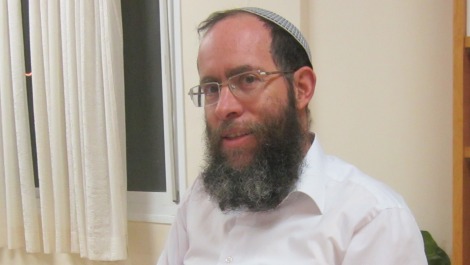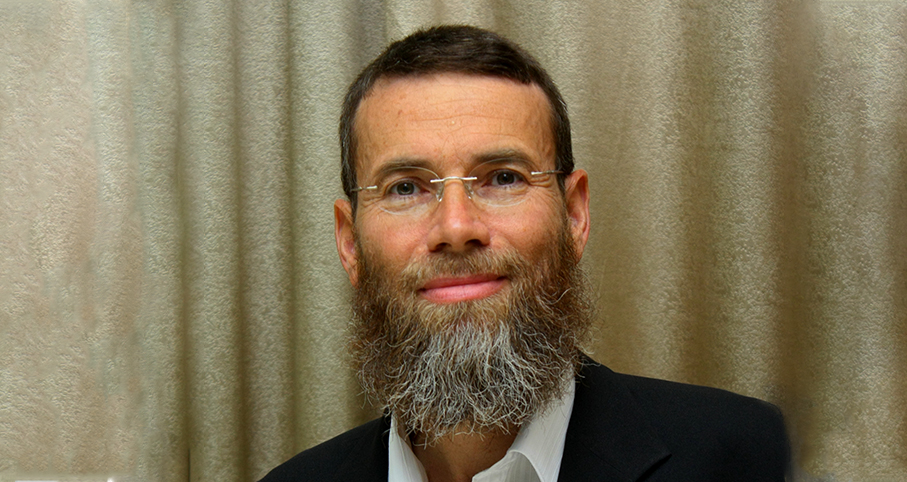Beit Midrash
- Sections
- Chemdat Yamim
- P'ninat Mishpat
(condensed from Hemdat Mishpat, rulings of the Eretz Hemdah-Gazit Rabbinical Courts)
Case: The defendant (=def), a teacher and respected member of a community, found two boys, including the plaintiff (=pl), in a heated argument. Pl threatened to hit the other boy, who told def that pl had already hit him. Def demanded that pl leave the area. After pl refused several times, def shoved him. Pl, who it turns out, had surgery on his inner ear a week earlier, sustained damage to his ear as a result of def’s rough contact and required not insubstantial medical care. Pl and his parents demand payment for direct and indirect expenses and for pain.
Ruling: The gemara (Gittin 85b) derives from the pasuk, "These are the statutes that you shall place before them" (Shemot 21:1) that only people with ordination tracing back to Moshe Rabbeinu can adjudicate. The gemara (Bava Kama 84a) says that in times and places there are no such jurists, others can judge as representatives of the (past) dayanim but only in common-type cases of financial loss. This excludes penalty payments and bodily damage that man causes to man, which is uncommon.
There are five categories of payments in bodily damages of man to man: nezek (permanent handicap), tza’ar (pain), ripuy (medical expenses), shevet (loss of work time), boshet (embarrassment). The Rambam (Sanhedrin 5:10) and Shulchan Aruch (Choshen Mishpat 1:2) say that beit din can adjudicate on all but nezek and tza’ar. The Rama claims that they cannot adjudicate shevet or ripuy either, but that the minhag is to force the damager to appease the damaged and to penalize him as they deem fit. The Rama thus limits the formal settlements beit din can make but expands beit din’s ability to force an appropriate appeasement. Additionally, the gemara (ibid.) says that if the victim seizes assets of the damager, he can keep them unless beit din rules that he took too much.
The source for the ability to force an informal settlement is in the Tur (CM 1) in the name of Rav Sherira Gaon. He said that leaders saw the societal cost stemming from the inability to levy penalties, prompting a takana (communal decree) to allow beit din to excommunicate one until he agrees to appease the other side.
What happens if the two sides agree to have a matter of penalty adjudicated by beit din? The Sha’ar Mishpat (CM 1:1) says that this does not entitle beit din to rule on outright penalty payments but that it does enable judgments on matters that were deemed uncommon, such as the payments for bodily damage of one person to another.
Our beit din’s arbitration agreement, signed by the sides, enables beit din to rule based on law or compromise, including levying payments for matters on which there is only a moral obligation to pay. This certainly includes matters of physical damage done by man to man. Actually, in such cases, the damager has a full monetary obligation, just that beit din does not classically rule on such matters.
Thus, beit din can rule regarding ripuy and shevet, according to normal halachic rules, and for other payments, based on def’s signing of the arbitration agreement.

P'ninat Mishpat (804)
Various Rabbis
205 - Return of Money After Unused Services
206 - Educational Violence?
207 - Educational Violence?
Load More

P'ninat Mishpat: Multiple Agreements and Parties – part III
based on appeal of ruling 80082 of the Eretz Hemdah-Gazit Rabbinical Courts
Beit Din Eretz Hemda - Gazit | Tevet 5786

P'ninat Mishpat: Multiple Agreements and Parties – part II
based on ruling 80082 of the Eretz Hemdah-Gazit Rabbinical Courts
Beit Din Eretz Hemda - Gazit | Kislev 5786

P'ninat Mishpat: Did Any Furniture Go to the Buyer? – part I
based on ruling 84093 of the Eretz Hemdah-Gazit Rabbinical Courts
Beit Din Eretz Hemda - Gazit | Kislev 5786


























